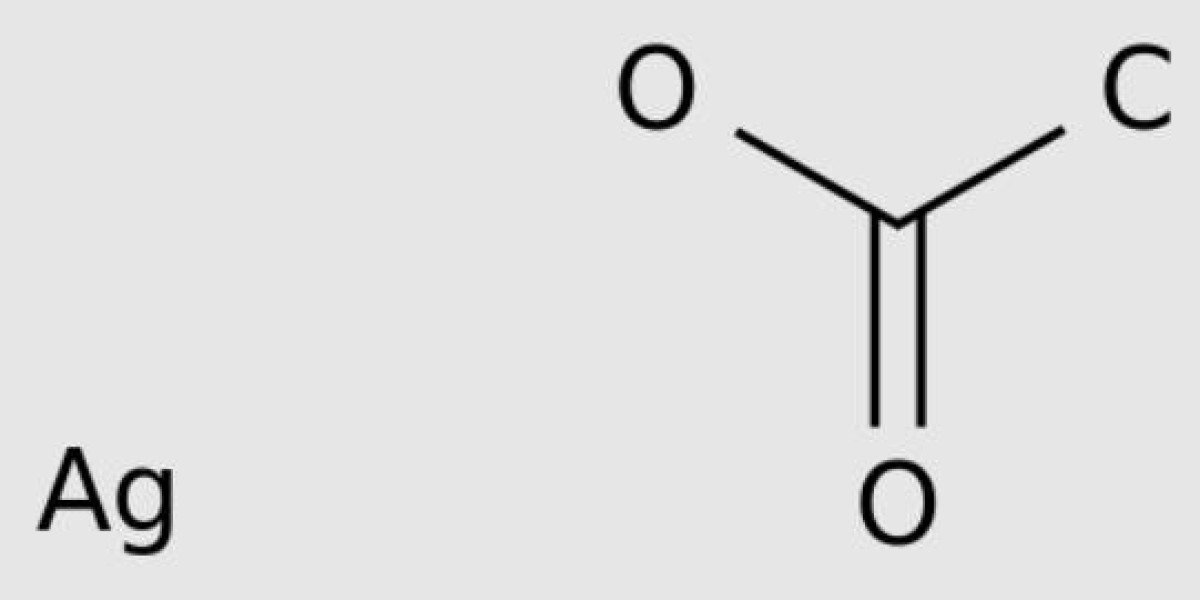Silver acetate is self-administered as an aversion. Instead of providing positive feedback, it provides self-punishment for addiction. Punishment can indeed be a powerful tool for changing behavior, although it can also lead to sabotage and open defiance, especially in the case of self-management. Nor does punishment address the discomfort that prevents difficult and complex behavior; It really adds to the physical discomfort. In this context, the lack of benefits of this aversion therapy is not surprising.
In general, punishment can reduce the likelihood of behavior occurring in clinical applications, but the results are temporary at best. If repeated, the same punishment tends to lapse quickly. More importantly, the punishment technology itself teaches people what not to do (i.e. smoking) rather than how to achieve it. Aversive strategies may be useful in a broader, multi-component approach to therapy that combines aversive with support and skill building. Although this trial provides a range of behavioral recommendations, more in-depth and extensive behavioral therapy will improve success rates. The decrease in reported smoking in both groups is of interest; Even placebo interventions seem to have modest benefits for smokers who are motivated to quit.
The results do point to the advantages and disadvantages of salivary cotinine and thiocyanate measurements. In particular, cotinine lasts in saliva for many days after quitting smoking. This persistence reduces the value of this measure of smoking behavior, but it also makes cheating more difficult. The incomplete association between salivary thiocyanate and cotinine and self-reported smoking behavior most likely reflects inaccurate recording of smoking behavior, as the limitations of self-reporting are well known. However, it is possible (though unlikely) that biological differences in nicotine metabolism and salivary secretion account for the overall difference. This small pilot study did not show any benefit of using silver acetate as an aversion therapy.
Larger sample studies are warranted to determine any important benefits of this approach as a monotherapy. Future studies are also needed to evaluate the utility of this product, if any, in a broader multi-component treatment approach.








